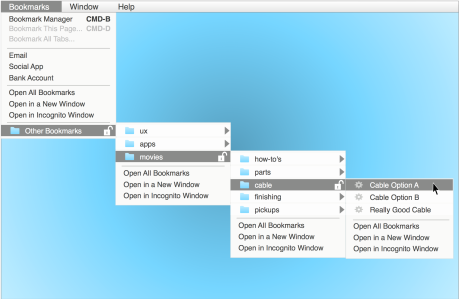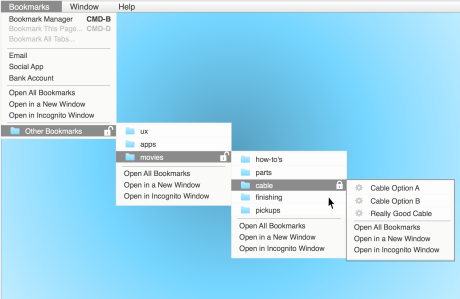Problem: You’re working on a large, complicated machine made of multiple parts and functions. Something goes wrong. The machine shuts down, or it starts shaking, or a part starts making a whirring noise — something you identify as out of the ordinary. You have a manual on location, as well as an online version. You start searching for what may be wrong, but the manual isn’t labeled effectively or is not comprehensively indexed.
Solution: Barcodes are placed on each segment of the machine. Using a scanner device with access to an online manual, you scan the problem area, and the device auto-searches and locates the appropriate section of the manual.

Presenting... a human being with a tablet device (with scanning functionality and an onboard manual, or access to an online manual).

The user scans a barcode (here, a QR code) physically applied to or near the problematic part of the machine.
That’s it!
And if that part or section of that machine is used in other machines, similar barcodes may be printed on those machines. Also, sections of the manual may be updated without needing to re-apply barcodes.
The overriding goal or objective here is this: Users do not need to guess where to look in the manual to find help, and an onsite manual is not needed. However, the company would need to create an electronic version of the manual. That’s the hitch.









